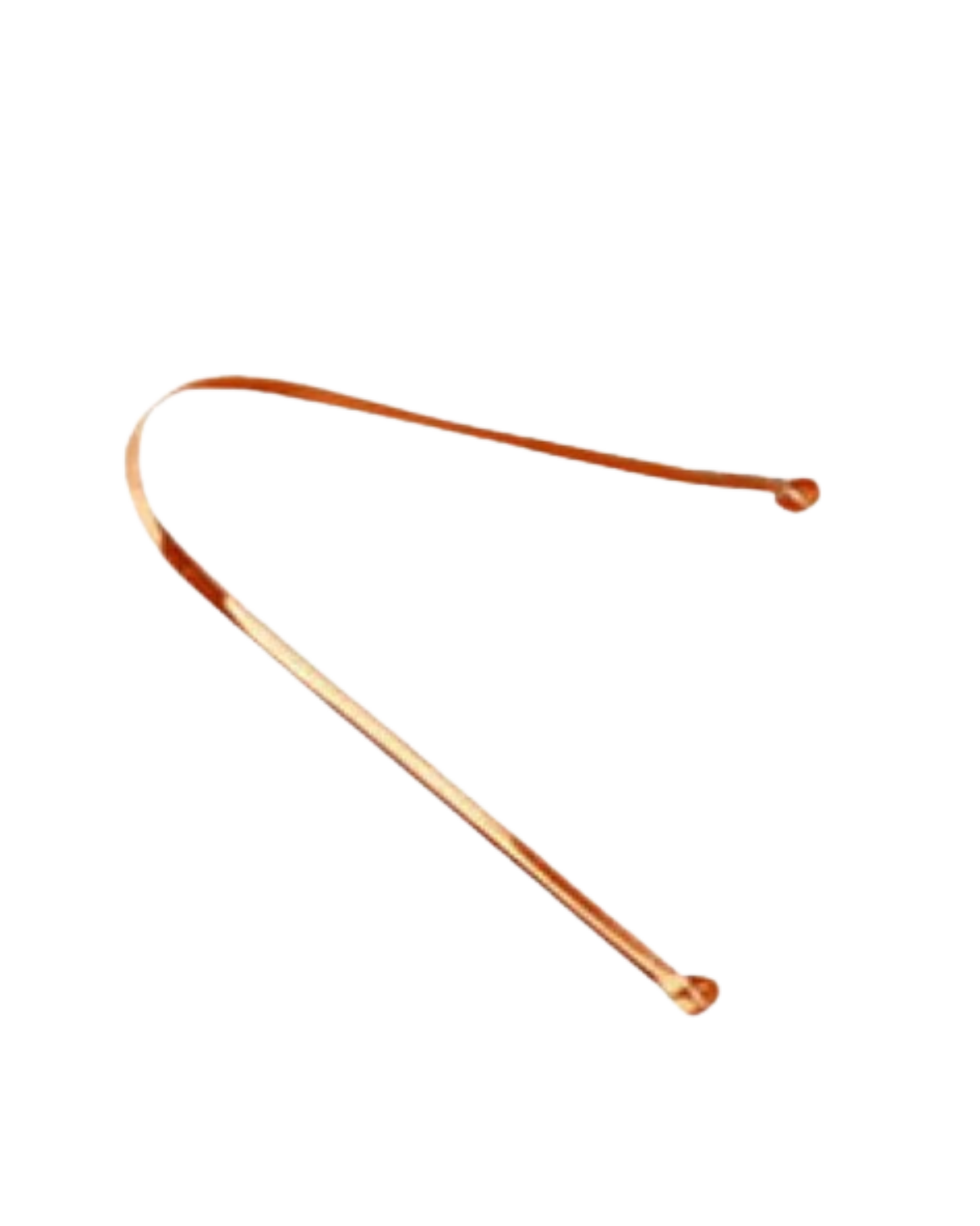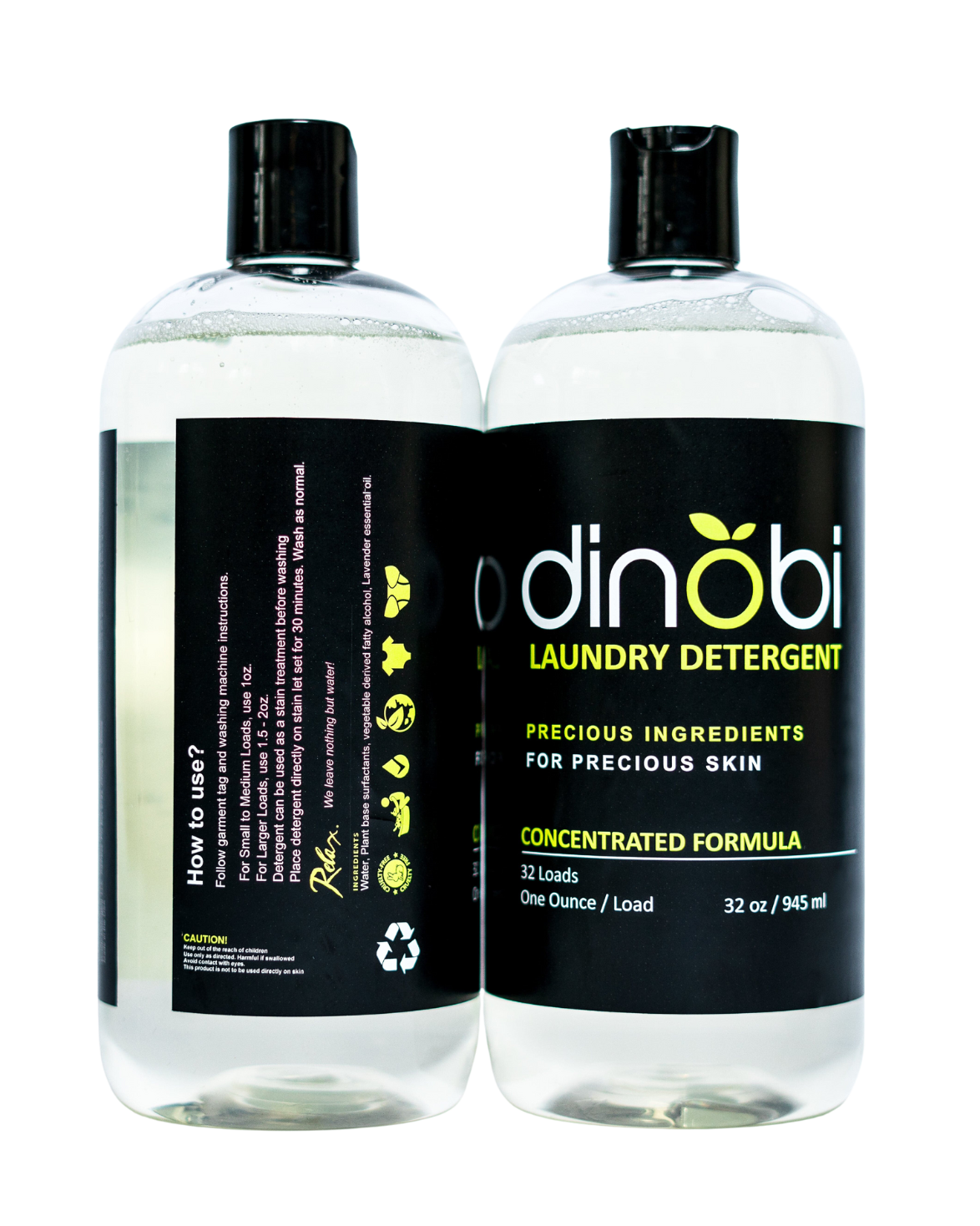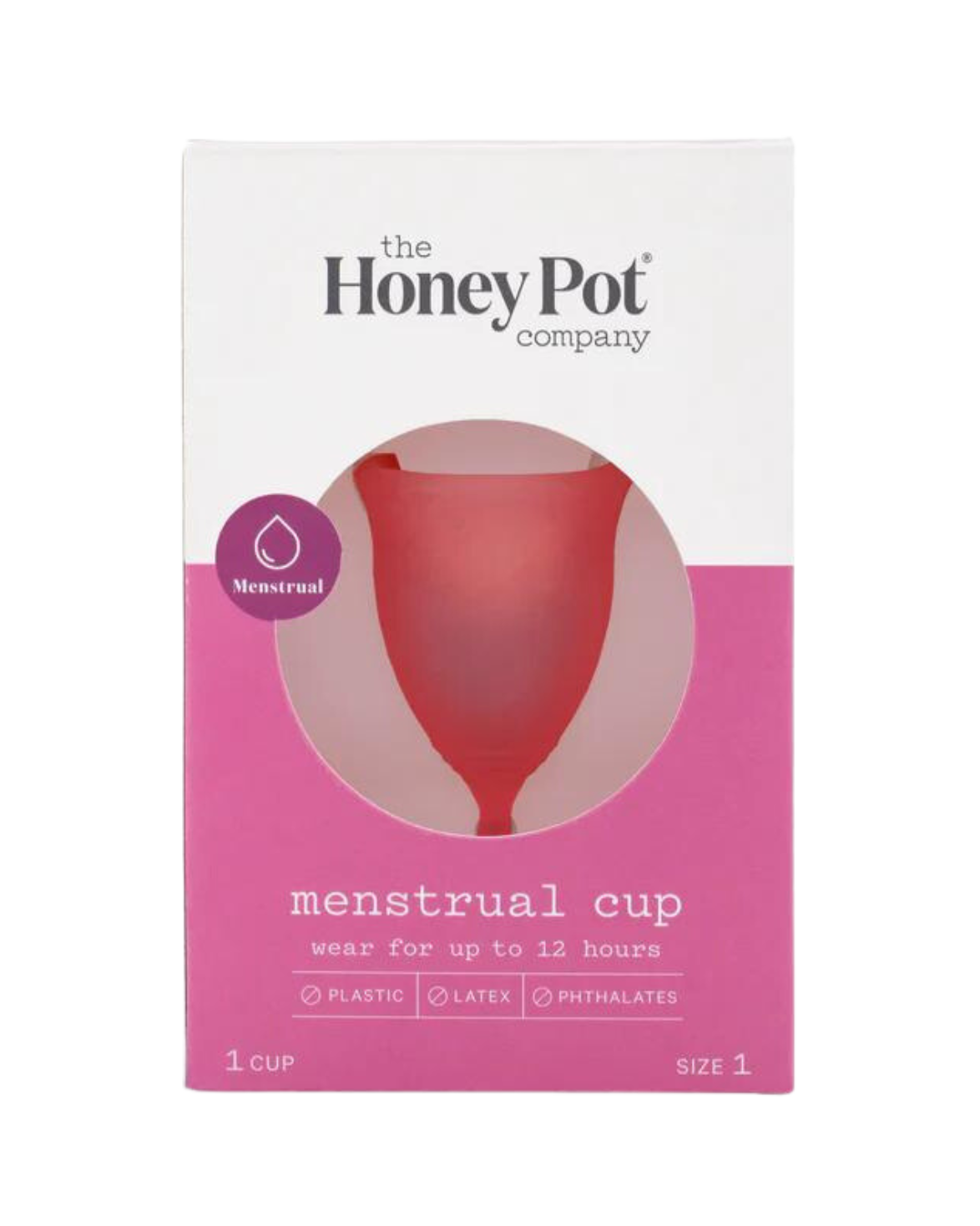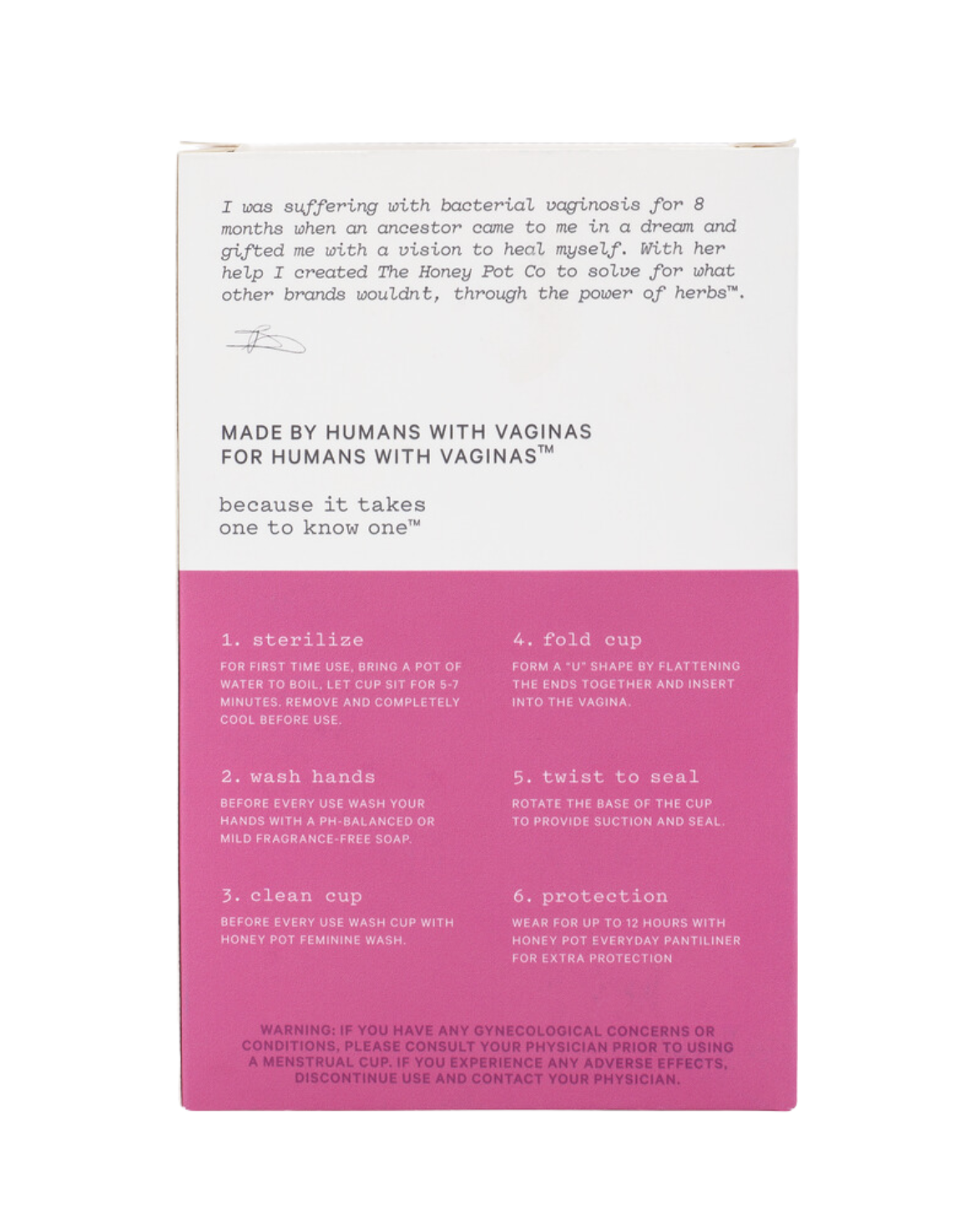At BLK + GRN we never bring in junk—only joy.
If it’s not sustainably made, plant based, or cruelty free, we don’t put it in our homes, on our melanin or otherwise allow it to clog our self care.
There are currently over 1,500 harmful chemicals banned—or highly restricted—by the European Union (EU). Yet, in the U.S., the Federal Drug Administration (FDA) has only banned 11 toxins in our personal care products and cosmetics. We’ve compiled a list of the most harmful offenders backed up by most leading regulating agencies and the Environmental Working Group.
As part of our commitment to help you achieve a holistic lifestyle, we thoughtfully select the most nourishing, cruelty-free products from Black artisans around the world.
You will never find the following ingredients in any products on BLK + GRN
What: A microbacterial ingredient
Purpose: Help reduce or prevent bacterial contamination
Why we know its shady: Endocrine disruptor (chemical that negatively impacts hormones),Enables bacteria to become antibiotic-resistant,and Contributes to reproductive toxicity
Commonly found in
- Soap
- Hand sanitizer
- Deodorant
- Toothpaste
- Products labeled as "antibacterial" or "odor fighting"
Is it banned in the UK? Yes, but in select products
What: Synthetic antioxidant derived from petroleum. Not to be confused with Beta Hydroxy Acids (sometimes labeled "BHA")
Purpose: Waxy solid preservative used in cosmetics
Why we know its shady: Endocrine disruptor (chemical that negatively impacts hormones), Possibly carcinogenic (cancer-causing) in lip sticks
Commonly found in: Highest concentrations found in lip stick and eye shadow
Is it banned in the UK? Yes
What: Synthetic antioxidant derived from petroleum
Purpose: Preservative from toluene (also on our list)
Why we know its shady: Can negatively impact lung tissue, kidney and liver, May cause an allergic reaction to the skin, Interferes with hormone function
Commonly found in: Moisturizer and Lip Stick
Is it banned in the UK? Yes
What: Colorless, flammable gas
Purpose: Helps prevent contamination in skincare products
Why we know its shady: Known carcinogen (cancer causing), Skin and eye irritant, May trigger allergies
Commonly found in: Nail Polish, Hair Dye, Eyelash Falseies, Shampoo
Sometimes listed as
- Quaternium-15
- Diazolidinyl urea
- DMDM hydantoin bronopol
- Limidazolidinyl urea
Is it banned in the UK? Yes, but in select products
What: A Solvent
Purpose: Promote flexibility and reduce brittleness May be used as fragrance
Why we know its shady: May adversley impact the respiratory system, Endocrine disruptor (chemical that negatively impacts hormones), Reproductive and developmental toxicant
Commonly found in: Nail Polish, Synthetic fragrance and Hair spray
Sometimes listed as: Bisphenol A (BPA) used in most plastics
Is it banned in the UK? Yes, in select products, these phthalates are banned: BBP,DEHP,DBP,DIBP
What: An anti-infective, inorganic salt
Purpose: Anti-dandruff properties, Slow the growth of yeast, Hair conditioning ingredient
Why we know its shady: "Possible carcinogen (cancer-causing), may cause respiratory damage, Environmental toxin"
Commonly found in: Anti-dandruff shampoo and treatments and over the counter and prescribed scalp treatments
Sometimes listed as: Selenium Disulfide
Is it banned in the UK? Yes
What: Steroid hormone
Purpose: Help condition the skin
Why we know its shady: Possible carcinogen (cancer-causing) Human developmental toxin
Commonly found in: Shampoo, Conditioner, Moisturizer, Astringents, Anti-Wrinkle Face Creams
Is it banned in the UK? Yes
What: Synthetic Vitamin A, sometimes derived from animals
Purpose: "Stimulate collagen production and Help treat acne"
Why we know its shady: "Toxic to the reporductive system, May speed the development of skin tumors (especially to sun-exposed skin)"
Commonly found in: Cosmetics, Cream, Perfume, Hair Dye
Sometimes listed as
- 3-Dehydroretinol
- Antixerophthalmic Vitamin
- Axerophtholum
- Dehydroretinol
- Retinyl Palmitate
- Vitamin A Palmitate
- Vitamine Liposoluble
- Vitaminum A
Is it banned in the UK? Yes
What: Can be made of many harmful chemicals (and commonly contains toxic phthalates)
Purpose: Deodorant, Masking
Why we know its shady: May cause allergic reactions,Endocrine disruptor (chemical that negatively impacts hormones),May trigger migraines and exacerbate asthma
Commonly found in: Perfume, Skin care, Makeup, Hair care, and Deodorant
Sometimes listed as
- Parfum
- Parrafin (wax)
- Natural Flavors
Is it banned in the UK? No, but at least 26 of the potentially 1,500+ chemicals considered as "fragrance" is required to be labeled on products
What: Skin bleaching agent, fragrance or hair colorant
Purpose: Reduce skin pigmentation
Why we know its shady: Skin allergy, may cause the skin condition ochronosis, Cytotoxic (may kill healthy cells and chromosomes if overused),Linked to some skin cancers,Potential carcinogen (cancer-causing chemical)
Commonly found in: Over-the-counter and prescribed lightening skin care products
Sometimes listed as: Tocopheryl Acetate
Is it banned in the UK? Yes
What: Hair colorant made from the petrochemicial benzene
Purpose: Used to add color, Disinfectant, Anti-itch agent
Why we know its shady: Possibly toxic to the immune system Hormone disruptor (thyroid or "beauty gland"
Commonly found in: Tire products, Hair Color, Bleaching Products, and some prescription and OTC acne treatments
Sometimes listed as
- Resorcin
- m-Dihydroxybenzene 1
- 3-Benzenediol 1
- 3-Dihydroxybenzene
- 3-Hydroxyphenol
- m-Hydroquinone
- m-Benzenediol
Is it banned in the UK? No, but concentration is limited and requires a warning label
What: Preservative
Purpose: Prevent bacteria growth
Why we know its shady: Hormone disruptor,Dangerously mimics estrogen, parabens are commonly found in tumors related to breast cancer
Commonly found in: Facial moisturizer, Fragrance product, Shaving cream, Hair care products, and products labeled as "anti-aging" (However, we at BLK + GRN believe that aging gracefully is something to be proud of.)
Sometimes listed as: Methyl-5, Propyl-, and Butyl
Is it banned in the UK? Yes, the following: Isopropylparaben, Isobutylparaben, Phenylparaben, Benzylparaben, and Pentylparaben
What
By-product of a bleaching or waste-burning process
Purpose
Product whitener
Why we know its shady
"May cause reproductive damage and birth defects,Linked to certain forms of cancer,Environmental pollutant"
Commonly found in
Cotton balls
Facial Tissue
Toilet Tissue
Sanitary pads
Tampons
Sometimes listed as
- Not commonly listed on labels; Look for paper products labeled Totally Chlorine-Free (TCF) to be safe
Is it banned in the UK?
No, but the closely-related triclosan has been banned from antibacterial products
What
Crude oil or "fossil fuel"
Purpose
"Hair and skin conditioning, Skin protectant "
Why we know its shady
"Linked to certain cancers when contaminated with PAHS (polycyclic aromatic hydrocarbons),Skin irritant, Allergy trigger, Block pores; increase risk of acne"
Commonly found in
Laundry detergent
Shampoo
Conditioner
Lotion
Sometimes listed as
- Petrolatum
- Petroleum jelly
- Paraffin oil
- Minerol oil
Is it banned in the UK?
Yes, mostly in most cosmetics
What: Metallic elements denser than water
Purpose: Contaminant
Why we know its shady: Classified as a human carcinogen (cancer causing chemical) by most leading health agencies and organizations
Commonly found in: Lip Product, Whitening toothpaste, Eyeliner, Nail color, Foundation, Sunscreen, Moisturizer
Sometimes listed as
- Lead (lead acetate)
- Mercury (thimerosal, merthiolate)
- Aluminum
- Chromium
- Mercury
- Zinc
- Iron
Is it banned in the UK? Yes, select metals in most cosmetics
What: Preservative
Purpose: Biocide used to prevent bacterial growth
Why we know its shady: "Skin sensitizer Eye and lung irritant May be neurotoxic (damaging to the brain or peripheral nervous system) Allery trigger"
Commonly found in: Shampoo, Conditioner, Hair Color, Body Wash, Laundry detergent, Liquid hand soap, Dish soap, Bubble Bath
Sometimes listed as
- Methylchloroisothiazolinone (CMIT or CMI)
- Benzisothiazolinone
- 2-methyl-4-isothiazoline-3-one
- Neolone 950 preservative
- MI
- OriStar MIT
- Microcare MT
Is it banned in the UK? Yes, in "leave on" cosmetics
What: Liqiud by-product of the petroleum process
Purpose: Add color to cosmetics
Why we know its shady: Classified as a human carcinogen (cancer causing) by most leading health agencies and organizations
Commonly found in: Cream, Ointment, Soap, Dandruff Shampoo, and Lip Stick
Sometimes listed as
- Aminophenol
- Diaminobenzene
- Phenylenediamine
- Carbo-Cort
- Tar Solution USP
- Aerosol
- Estar (skin treament)
- Sometimes listed as “FD&C” or “D&C” followed by a color name and 5-digit number
Is it banned in the UK? Yes
What: Liquid by-product of the petroleum process
Purpose: Add color to cosmetics
Why we know its shady: Classified as a human carcinogen (cancer causing) by most leading health agencies and organizations
Commonly found in: Cream, Ointment, Soap, Dandruff Shampoo, Lip Stick
Sometimes listed as
- Aminophenol
- Diaminobenzene
- Phenylenediamine
- Carbo-Cort
- Tar Solution USP
- Aerosol
- Estar (skin treament)
- Sometimes listed as “FD&C” or “D&C” followed by a color name and 5-digit number
Is it banned in the UK? Yes
What: Mineral commonly found in chemical sunscreen
Purpose: Filter harmful UVA/UVB rays
Why we know its shady: Hormone disruptor,Can trigger allergic reactions, May contribute to endometriosis in women
Commonly found in: Sunscreen, BB Cream, Moisturizer, Lip Balm
Is it banned in the UK? No, but more than 0.05% must be labeled
What: Found naturally in crude oil (petroluem)
Purpose: Used as a solvent
Why we know its shady: Toluene vapor can negatively impact the central nervous system, Irritate the skin, Possible link to certain blood cancers (malignant lymphoma),Exposure to vapors during pregnancy may cause developmental damage in the fetus
Commonly found in: Most nail products like polish and remover and Hair Dye
Sometimes listed as
- Methylbenzene
- Toluol
Is it banned in the UK? No, but the use of it is restricted
What: Chemical commonlly used in flame retardant
Purpose: Make nail polish flexible and used to increase plasticity
Why we know its shady: Hormone disruptor, linked to fertility issues and can trigger obesity
Commonly found in: Nail products like polish and remover
Sometimes listed as
- TPP
- Phosphoric acid
- Triphenyl ester
- Phenyl phosphate
Is it banned in the UK? Yes
GRAB THESE TO STAY SAFE
Founder's Favorite






